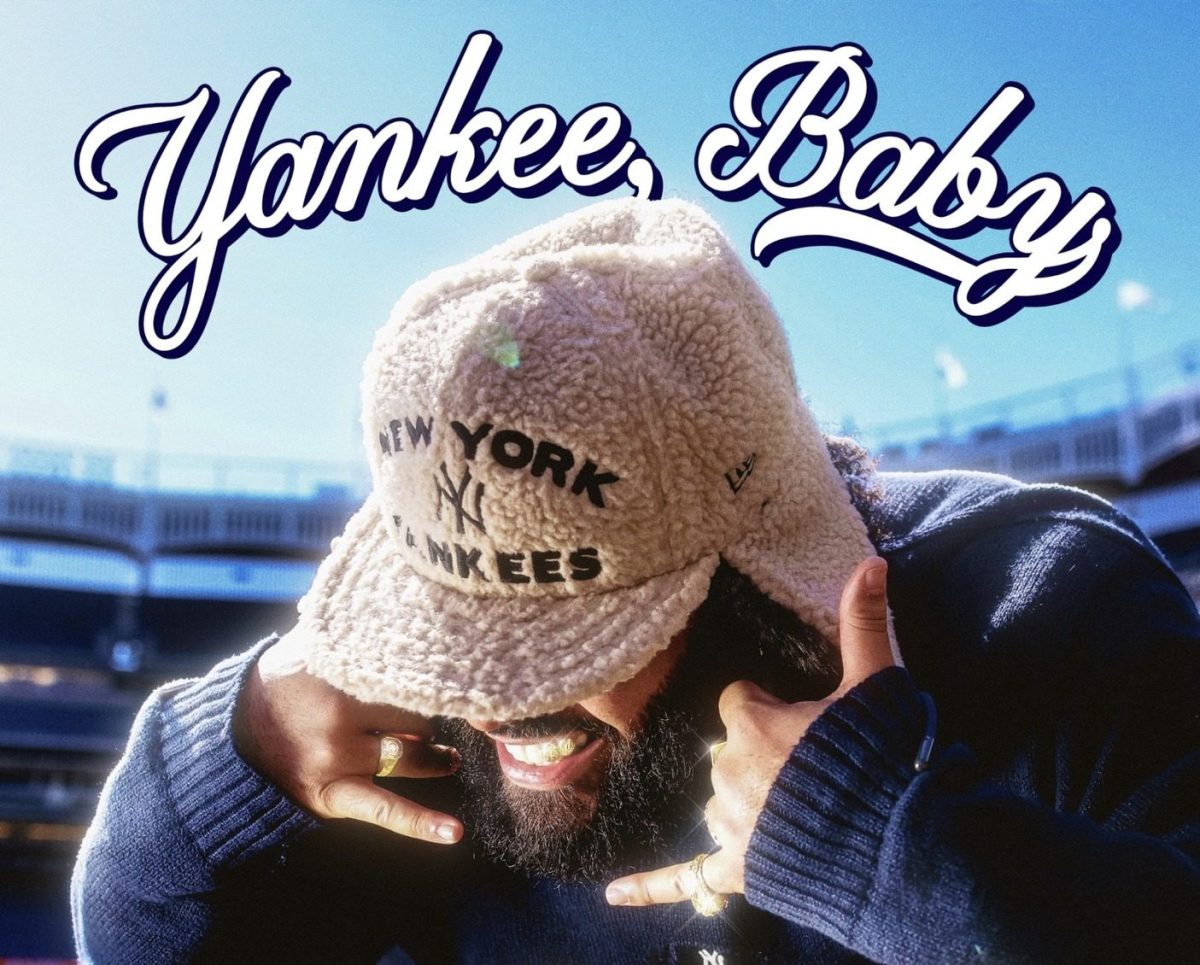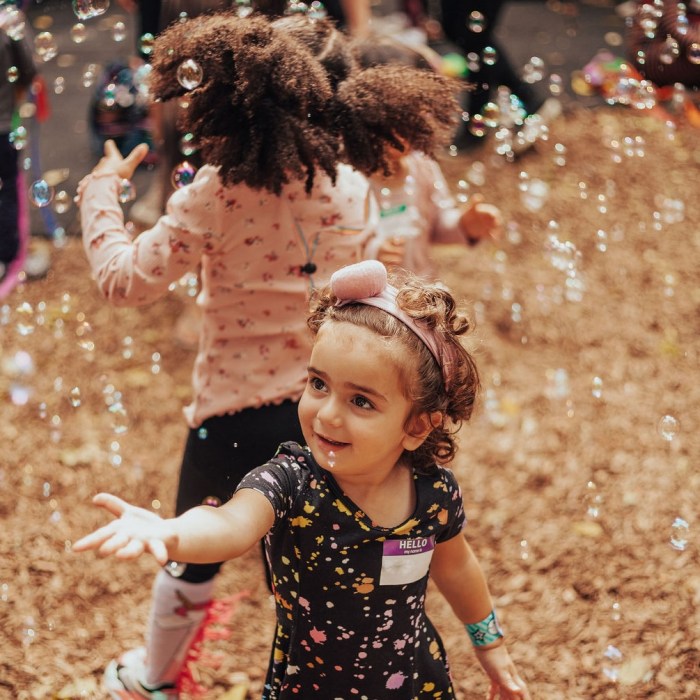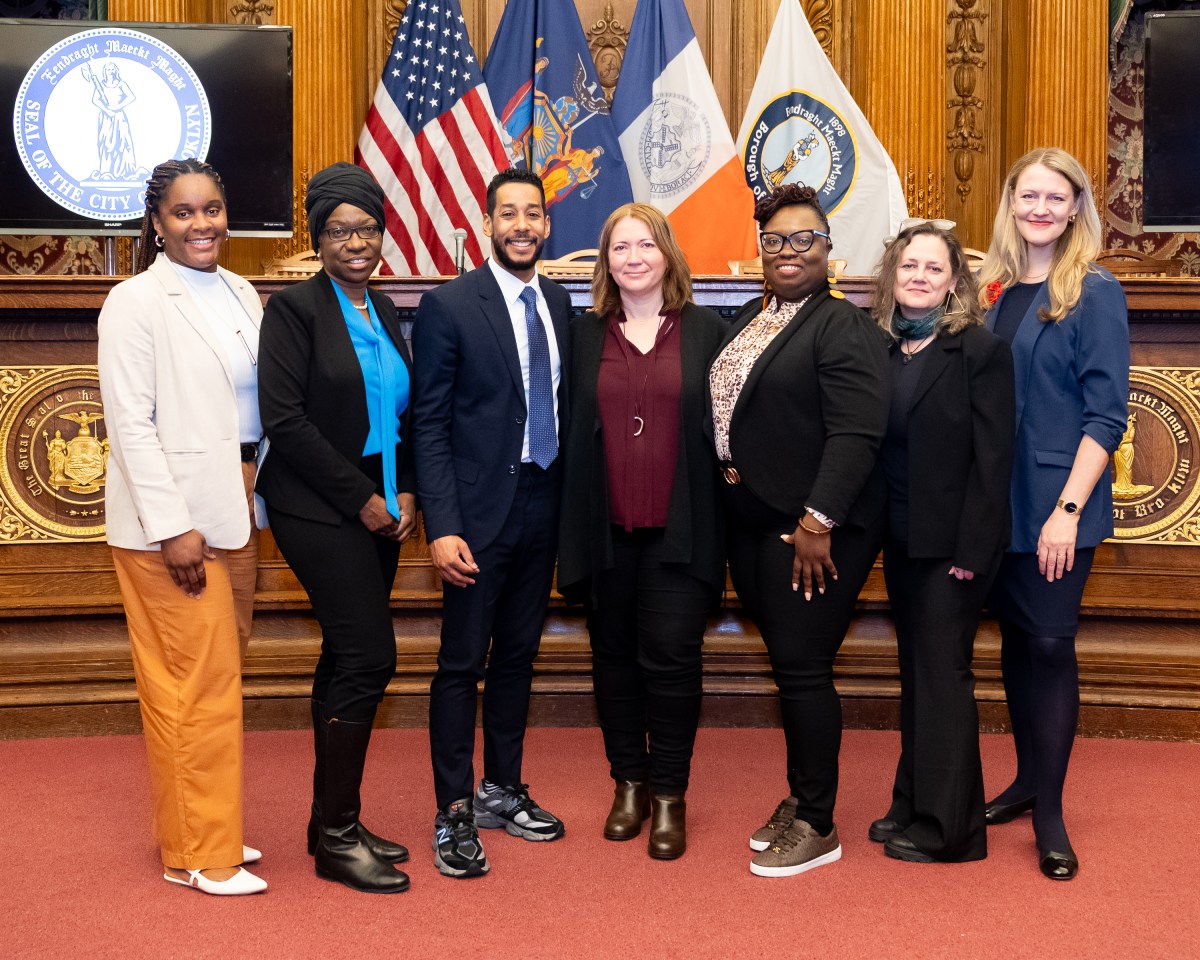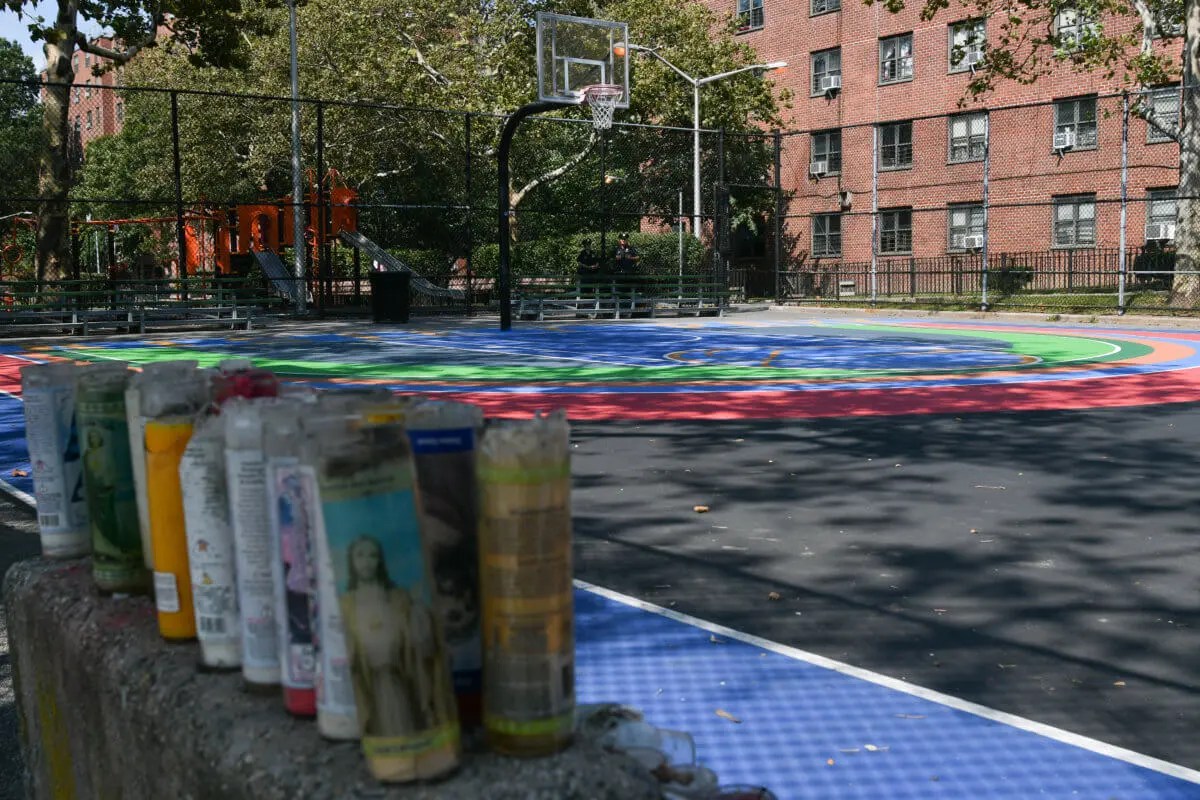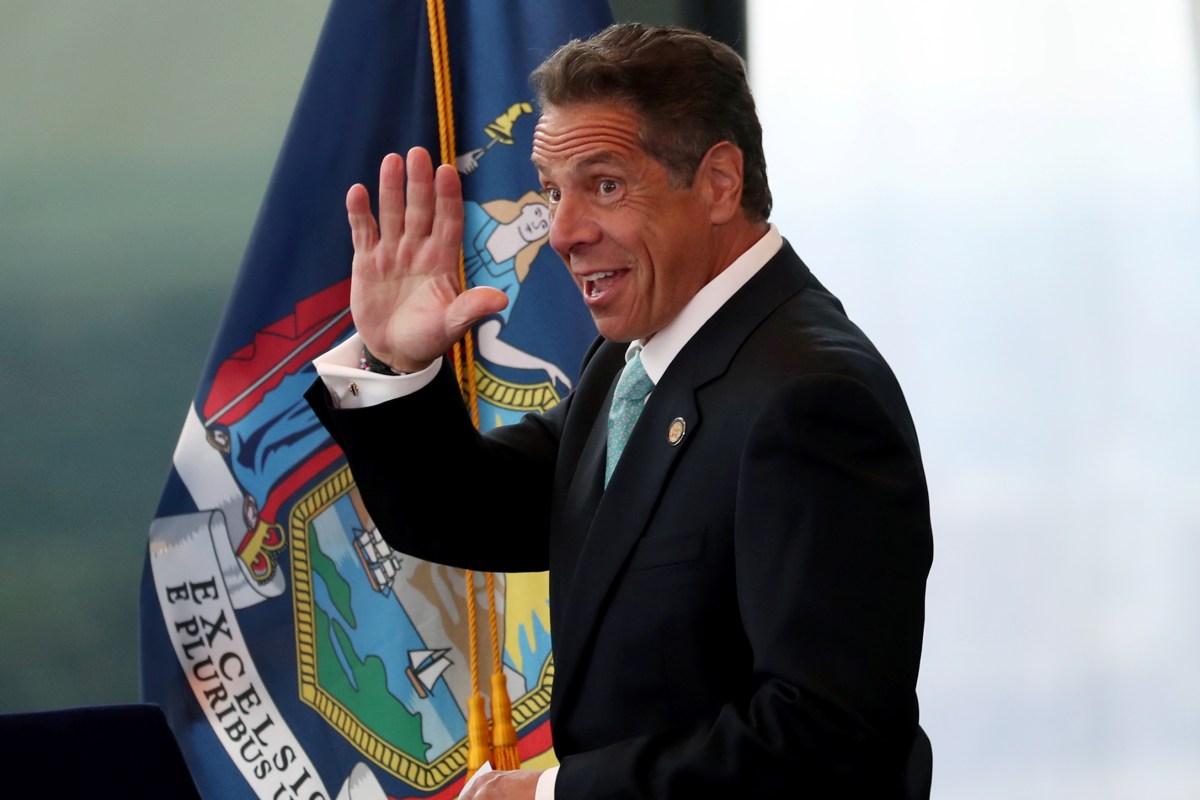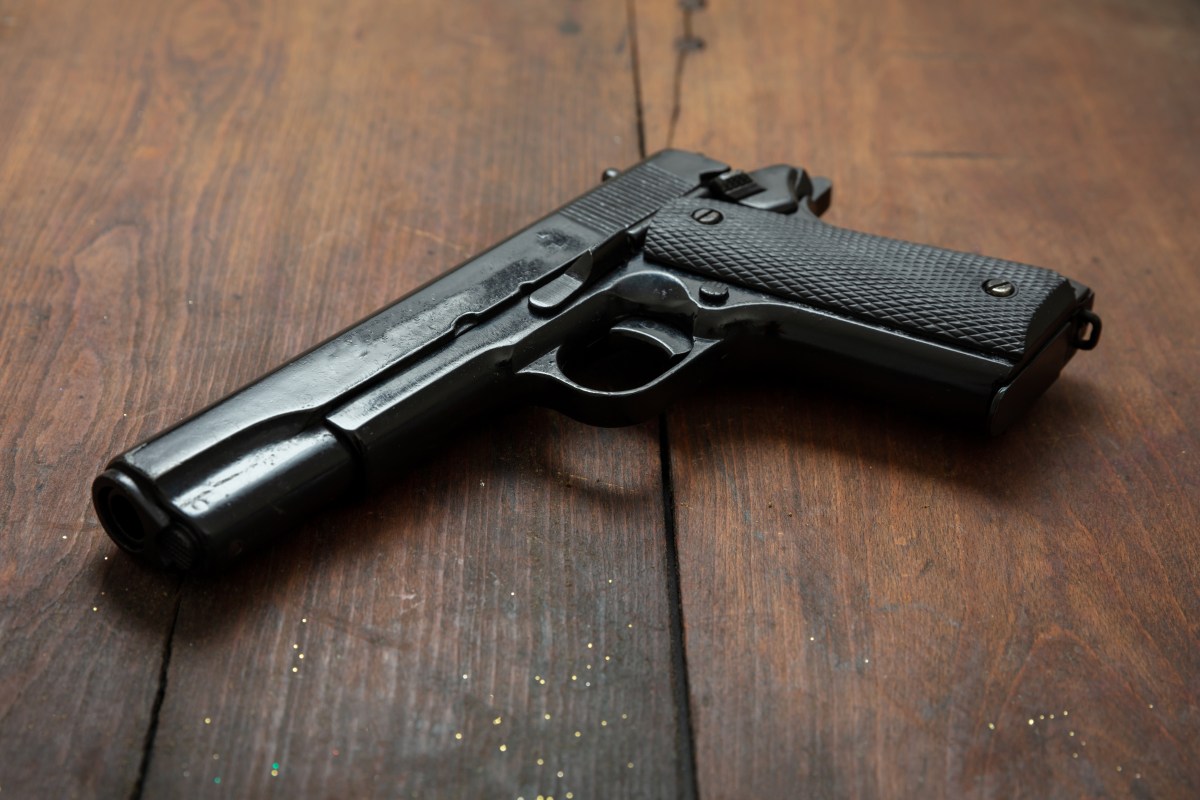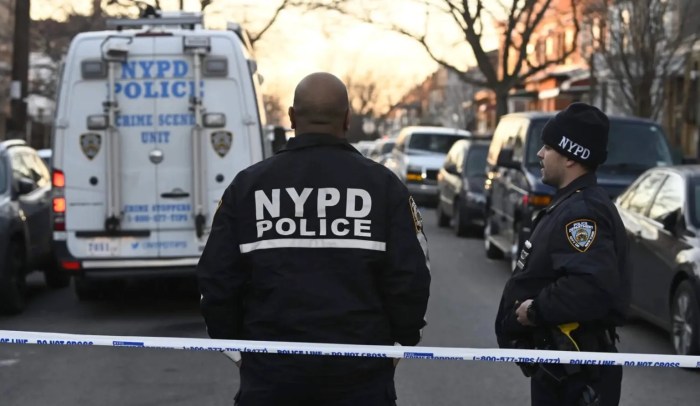
If comedy trends go in waves, the early 1990s would have to be considered the return of the sketch show. “Saturday Night Live” was filled with talent like Phil Hartman, Chris Farley and a young Chris Rock, and our northern neighbors produced “The Kids in the Hall,” still considered a touchstone of the genre. But the most influential of all may have been found on the then-fledgling Fox network, where Keenen Ivory Wayans was assembling a cast of future superstars for “In Living Color.”
The show’s difficulty finding a foothold in syndication means that younger audiences might not know much about the program aside from an occasional highlight on YouTube.
But the legacy of that show, which aired its last episode 25 years ago and is being celebrated at the Tribeca Film Festival with a screening of the pilot episode and cast reunion, has lived on in several ways.
Young talent

Not since the early days of “Saturday Night Live” had a sketch show featured so many stars-to-be early in their careers. The cast collectively has an Oscar (Jamie Foxx’s for “Ray”), Golden Globes (Jim Carrey’s for “The Truman Show” and “Man on the Moon”), a few American Music Awards (via Jennifer Lopez, who was a member of the show’s dance troupe, The Fly Girls), and countless films, television shows and other works. This is where Damon Wayans got his start, where David Alan Grier showed off his comedic skills, and where Larry Wilmore honed his writing voice.
Iconic characters
Yes, Bart Simpson’s “Eat my shorts” was Fox’s biggest catchphrase at the time. But close behind were lines like “Homey don’t play that,” “I’m gonna rock your world,” and “Let me show you something,” the properties of Homey D. Clown, Wanda and Fire Marshall Bill, respectively. Even with only a half-hour of run time, the show was as quotable as any episode of the 90-minute "SNL."
A different experience in prime time
At the beginning of the 1989-1990 television season, there was only a smattering of shows based around African-Americans, and programs like the late-era “The Cosby Show” and the squeaky-clean “Family Matters” didn’t appeal much to a youthful generation raised on MTV. The late-night “The Arsenio Hall Show” started to fill that gap a few months before, but it took “In Living Color” to bring that perspective to prime-time television. By the time “In Living Color” finished in 1994, shows like “Martin” and “Living Single” had launched, and even the big three networks went searching for their own hits: “Sister Sister” launched on ABC the same month that “In Living Color” left the airwaves.

Bringing hip-hop to the nation
Like “Chappelle’s Show,” which in spirit feels like a descendant, “In Living Color” used airtime to bring rap music into people’s homes, often for the first time. Rarely had the then-teenage genre gotten that kind of opportunity outside of cable music channels, but here Eric B. and Rakim, could play “Juice (Know the Ledge)” for a national audience, MC Lyte could tell the tale of “Poor Georgie” and Eazy-E could respond to Dr. Dre’s dis with a performance of “Real Compton City G’s.” Even if many of the performances were cut short by the end of the closing credits, these were often introductions for artists to wider audiences.
IF YOU GO: The "In Living Color" tribute at the Tribeca Film Festival is Saturday at 5 p.m. at The Marriott Bonvoy Boundless Theater from Chase, | 50 Varick St., tribecafilm.com | $30 (rush)




